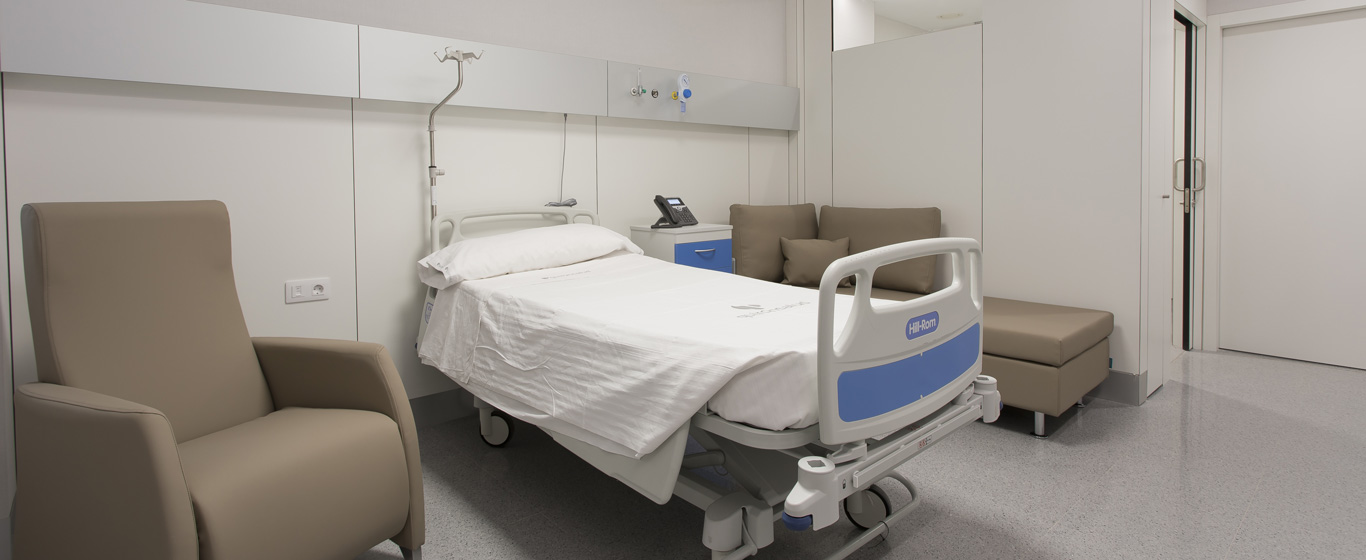Epistaxis
Why does the nose bleed? Everything about the causes, symptoms, and treatments for epistaxis.
Symptoms and Causes
Epistaxis is nasal bleeding, a hemorrhage from the blood vessels supplying the nasal cavities, which is common among children and older adults. It is a condition that can be bothersome and sometimes alarming, but in most cases, it is not serious.
Nasal bleeding can originate from different parts of the nose, leading to two distinct types of epistaxis:
- Anterior epistaxis: Bleeding occurs in the front part of the mucosa lining the nasal septum.
- Posterior epistaxis: This is less common. It originates in the back of the septum, and the blood flows toward the throat, causing the patient to swallow it. Since this area is difficult to access, this type of bleeding can be harder to control.
Although it is a minor condition that usually occurs sporadically, it is necessary to see a specialist if it happens repeatedly or if the bleeding persists for more than 15 to 20 minutes.
Symptoms
The main symptom of epistaxis is nasal bleeding, which may cause other signs depending on the amount and duration of the bleeding, such as:
- Dizziness
- Vomiting
- Sweating
- Tachycardia
- Hypotension
Causes
The main causes of epistaxis include:
- Dryness of the nasal mucosa
- Nasal trauma
- Inflammation of the mucosa due to infections
- Deviated nasal septum
- Foreign objects inside the nose
Risk Factors
Some factors increase the risk of experiencing nasal bleeding, including:
- Age: Children are more likely to suffer injuries, damage the mucosa by nose-picking, or insert objects into their nostrils.
- Blood disorders: Conditions such as hemophilia or coagulopathies, as well as anticoagulant treatments, can facilitate bleeding.
- High blood pressure
- Hormonal changes: Puberty and pregnancy increase nasal vascularization.
- Chronic rhinitis and sinusitis
- Use of topical medications
- Living in dry environments
- Inhalation of drugs or toxic substances
Complications
Epistaxis usually does not lead to serious complications, although it may cause nasal congestion or mucosal necrosis. If the bleeding is very heavy and prolonged, it is considered a medical emergency, as it can be life-threatening.
Prevention
Although nasal bleeding cannot always be prevented, specialists recommend:
- Avoid inserting objects into the nostrils.
- Refrain from nose-picking.
- Limit the use of topical medications.
- Protect yourself from injuries.
- Maintain proper hydration.
Which Doctor Treats Epistaxis?
Otolaryngologists, emergency physicians, pediatricians, and family doctors can treat nosebleeds.
Diagnosis
Epistaxis can usually be diagnosed by observing nasal bleeding. However, in more severe cases, specialists may perform tests to determine the source of the hemorrhage:
- Anterior rhinoscopy: A visual examination of the front part of the nasal cavity using a speculum or a rhinoscope and a light source.
- Nasal endoscopy: A flexible tube with a camera at the end is inserted through the nose to examine the interior.
A thorough medical history is essential to assess the severity of the situation since bleeding disorders, anticoagulant use, or recurrent episodes may require a different approach.
Treatment
For isolated cases of nosebleeds, epistaxis can be managed at home by following these steps:
- Sit upright with the head slightly tilted forward.
- Apply pressure to the nostril using a tissue or cotton pad for about 10 to 15 minutes.
During this process, avoid inserting cotton inside the nose, blowing your nose, or bending your head down.
If the bleeding does not stop after 15 to 20 minutes, medical attention is necessary. In more severe cases, specialists may use treatments such as:
- Nasal cauterization: A chemical substance or electric current is used to seal the bleeding site.
- Sphenopalatine artery ligation: The source of the hemorrhage is closed using endoscopy.
- Nasal packing: Either anterior or posterior, depending on the location of the bleeding.






































































































